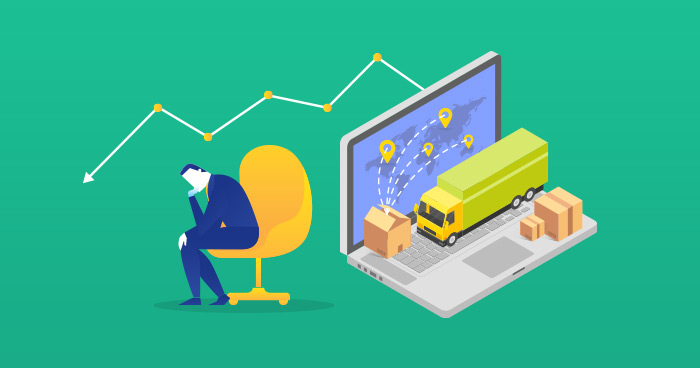In the world of dropshipping, handling returns and refunds is a crucial aspect that can impact customer satisfaction and your business’s reputation. Knowing how to manage these processes effectively at different stages is key. Let’s explore the steps involved in handling returns and refunds in dropshipping.

I. Before the Return/Refund Request
1. Clear Return Policy
- Publish Policy on Website: Make sure to have a well-defined and easily accessible return policy on your e-commerce website. It should cover details like the time frame within which returns are accepted, the condition of the products that can be returned, and who bears the return shipping costs.
- Use Simple Language: Write the policy in clear and straightforward language so that customers can understand it easily. Avoid using complex legal jargon that might confuse them.
2. Communicate with Suppliers
- Understand Their Policies: Establish good communication with your dropshipping suppliers. Know their return and refund policies thoroughly. Some suppliers may have specific requirements or limitations that you need to be aware of.
- Negotiate Terms: Try to negotiate favorable terms with them, such as longer return windows or shared return shipping costs, if possible. This can give you more flexibility when dealing with customer requests.
3. Set Customer Expectations
- Product Descriptions: Provide accurate and detailed product descriptions on your website. Include information about the product’s features, dimensions, materials, etc. This helps customers make informed decisions and reduces the likelihood of returns due to misunderstandings.
- Images and Videos: Use high-quality images and, if applicable, videos to showcase the product from different angles. This gives customers a clear visual idea of what they’re purchasing.
II. During the Return/Refund Request
1. Prompt Response
- Quick Acknowledgment: When a customer submits a return or refund request, respond to them promptly. Let them know that their request has been received and that you’re looking into it. This shows that you value their concern and are taking it seriously.
- Provide a Timeline: Give them an estimated timeline for when they can expect a resolution. This helps manage their expectations and reduces their anxiety about the process.
2. Verify the Request
- Check Eligibility: Review the customer’s request based on your return policy and the supplier’s guidelines. Check if the product is within the return window, in the acceptable condition, and if all the necessary information has been provided by the customer.
- Ask for Proof if Needed: In some cases, you may need to ask the customer for proof of purchase, photos of the product’s condition, or other relevant documentation to process the request.

3. Coordinate with Suppliers
- Inform Them Promptly: Once you’ve verified the request, inform your dropshipping supplier as soon as possible. Provide them with all the details about the customer’s request and the product.
- Track the Process: Keep track of how the supplier is handling the return or refund. Follow up with them regularly to ensure that the process is moving forward smoothly.
III. After the Return/Refund Request
1. Process the Refund
- Timely Refund: If the return is approved, process the refund promptly. Depending on the payment method used by the customer (credit card, PayPal, etc.), follow the proper procedures to ensure the refund reaches them in a timely manner.
- Notify the Customer: Let the customer know that the refund has been processed. Send them an email or a message within your platform confirming the refund amount and the expected time it will appear in their account.
2. Analyze the Reason for Return
- Collect Data: Gather information about why the product was returned. Was it due to a quality issue, wrong size, or something else? This data can help you improve your product selection and descriptions in the future.
- Share with Suppliers: Share relevant feedback with your suppliers. If there are recurring issues with a particular product, they may be able to take steps to improve its quality or packaging.
3. Follow Up with the Customer
- Check Satisfaction: Reach out to the customer after the refund has been processed to check if they’re satisfied with how the situation was handled. This can help build customer loyalty and encourage them to shop with you again in the future.

Effectively handling returns and refunds in dropshipping requires careful attention at each stage – before, during, and after the request. By having clear policies, good communication with suppliers and customers, and analyzing the reasons for returns, you can turn a potentially negative experience into an opportunity to improve your business and maintain a positive reputation among your customers.



